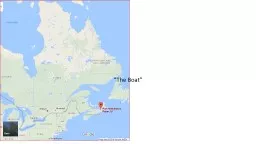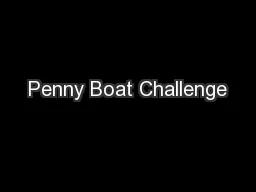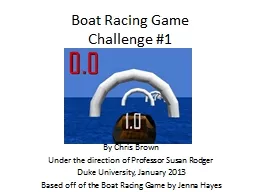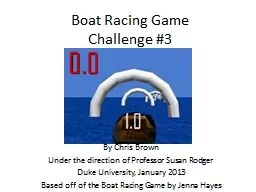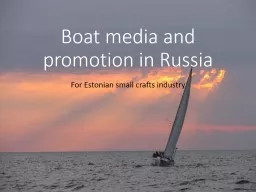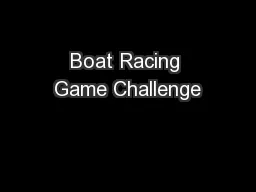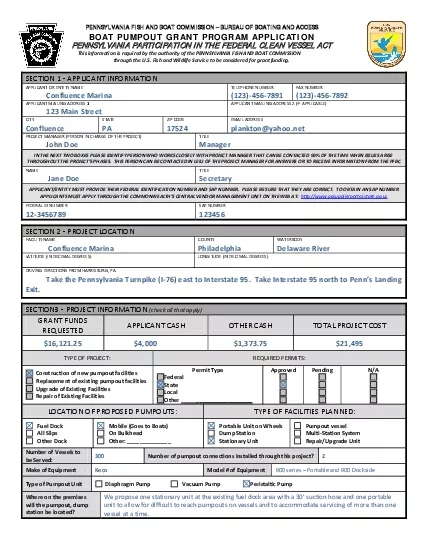PPT-“The Boat”
Author : giovanna-bartolotta | Published Date : 2017-03-30
https wwwyoutubecomwatchvxbIkYQpTdmU https wwwyoutubecomwatchvcLw8LPGEfEc httpsvimeocom35502221 Marilyn Kelmann THE SHORT STORY httpsyoutubecLw8LPGEfEc https vimeocom35502221
Presentation Embed Code
Download Presentation
Download Presentation The PPT/PDF document "“The Boat”" is the property of its rightful owner. Permission is granted to download and print the materials on this website for personal, non-commercial use only, and to display it on your personal computer provided you do not modify the materials and that you retain all copyright notices contained in the materials. By downloading content from our website, you accept the terms of this agreement.
“The Boat”: Transcript
Download Rules Of Document
"“The Boat”"The content belongs to its owner. You may download and print it for personal use, without modification, and keep all copyright notices. By downloading, you agree to these terms.
Related Documents

